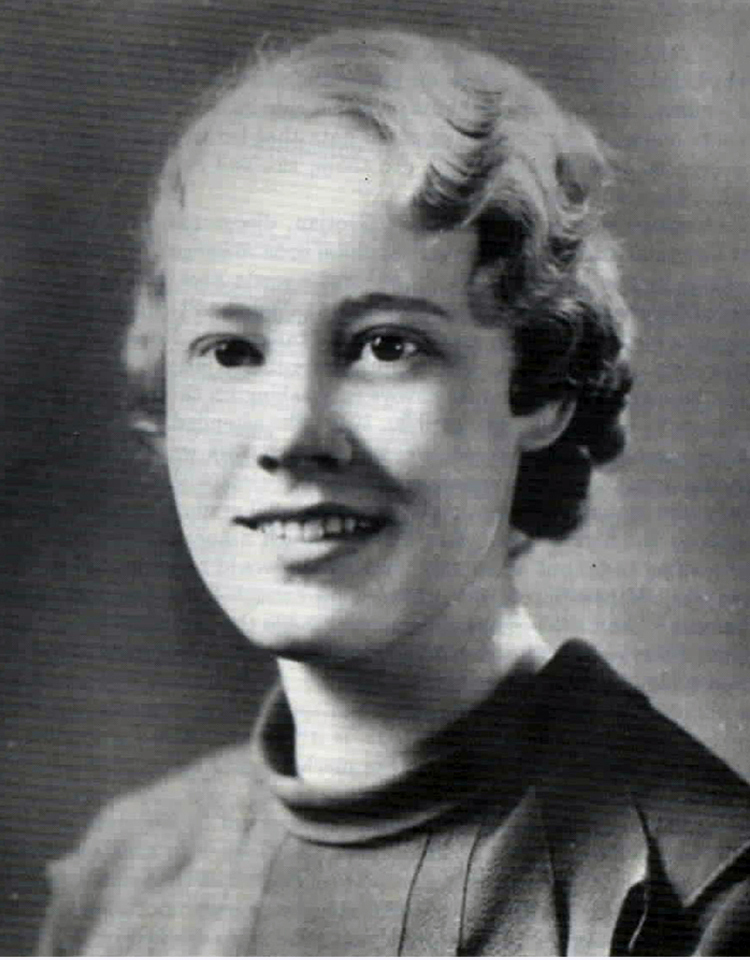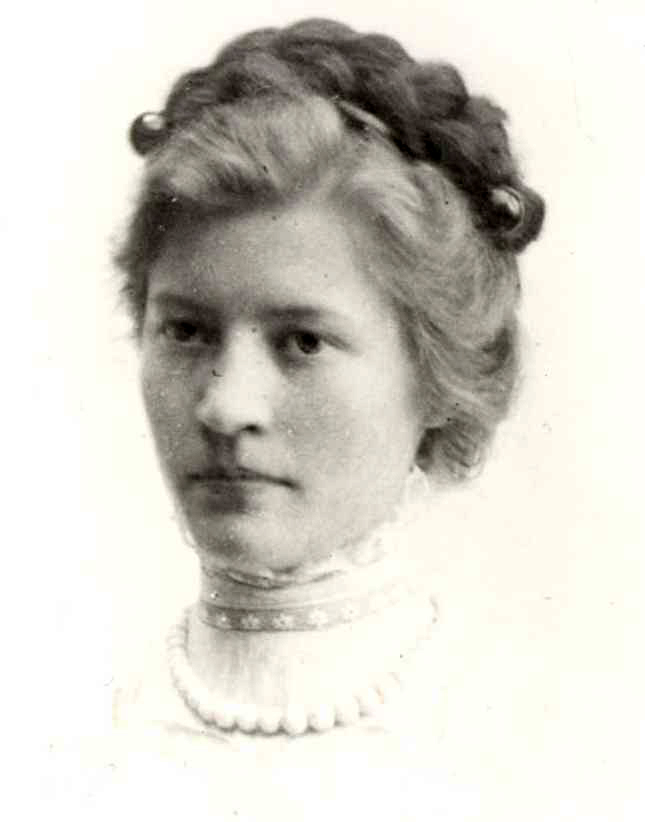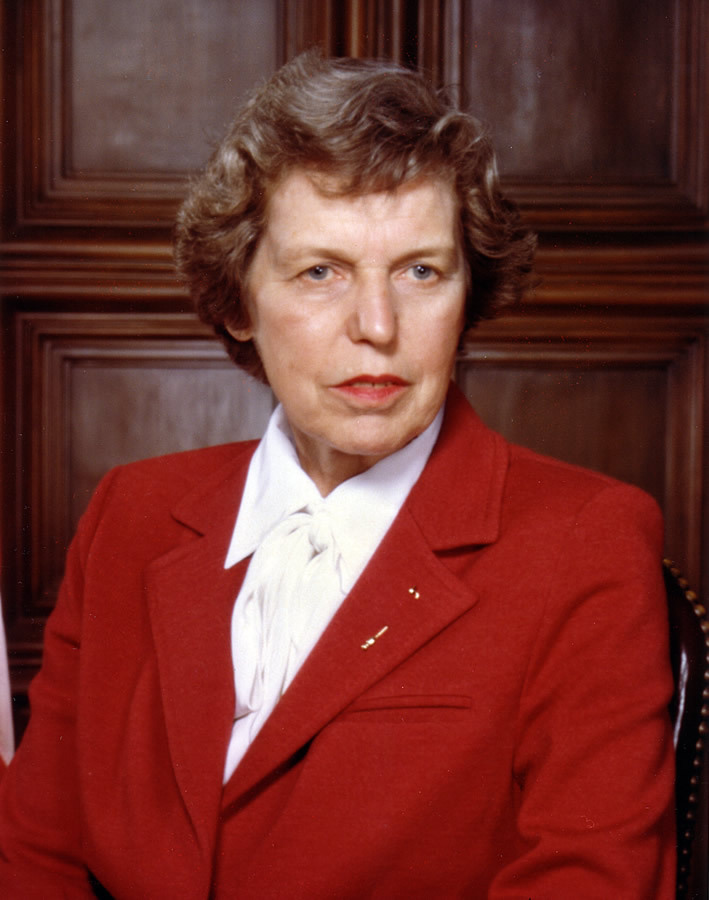Personal Experiences
Code Girls were sworn to secrecy about their work. This was very common during World War II, and the slogan "Loose Lips Sink Ships" was well known throughout the country. As such, there isn't a definitive list of all women who worked as code breakers during this time. Here are several of the more prominent ones, as well as interviews from some of these women that were conducted much later in life.
Genevieve Grotjan Feinstein (1913-2006)
Prior to her work as a code breaker, Grotjan had a significant background in mathematics, graduating summa cum laude from the University of Buffalo in 1938. Hoping to find work in education, she was unable to find a university math department that would hire a woman, an experience shared by many others at the time. In October 1939, she was hired as a junior cryptanalyst for the Army's Signal Intelligence Service.
At her job, she was known for her thoroughness and attention to detail. Her work led to a significant breakthrough in the SIS's attempts to decipher the Japanese "Purple" cipher code. By examining coded messages, she was able to find cyclic behavior within the code. Soon enough, with the work of her team members, the United States was able to decipher and read Japanese coded messages.
Despite having significantly less experience than many of her male colleagues, Grotjan made a discovery that changed the course of history. Her insights led to Allied nations gaining advantage over enemy nations in ways that cannot be measured.
Agnes Meyer Driscoll (1889-1971)
Prior to joining the Navy, Meyer worked as a math teacher at Amarillo High School in Amarillo, Texas. She enlisted in the Navy in 1918, becoming one of the first women to do so, and quickly reached the rank of Chief Yeoman, the highest available to women. Upon her transfer to cryptology, her initial job was encoding messages for the United States. After her discharge after the Great War (World War I), she was quickly rehired as a civilian.
Throughout her career in cryptology, Meyer has been credited with making breaks in many Japanese Naval codes. She did the majority of the work breaking one particular Japanese fleet code in the mid 1930s, which has been described as "the most difficult cryptanalytic task ever performed up to that date."
When the United States joined World War II after the attack on Pearl Harbor, it is thanks to Meyer's work that they did not enter it as blind as they could have been. Meyer has often been referred to as one of the best cryptanalysts of all time.
Ann Caracristi (1921-2016)
Joining the Signal Intelligence Services out of college, she found work as a cryptanalyst at Arlington Hall. There, she was the head of the Japanese Army address research section. Her efforts at Arlington Hall led to the facility's first real break into the Japanese Army system. Caracristi greatly enjoyed her work, later describing her time at Arlington Hall as "sport," as opposed to labor.
Caracristi was among the first code breakers to learn of the Japanese surrender in World War II. After the war, she continued her code breaking efforts, working on some of the toughest challenges of the Cold War era. Having received many honors, she was publicly recognized for her work in a way that few other code breakers, female or otherwise, were.
Caracristi would later become Deputy Director of the National Security Agency (NSA), the first woman to serve in the role.
Other Media
- Audio interview with Ann Ellicott Madeira, another cryptographer who was recruited for WAVES. Click here to view a transcript of this interview.
- Video interview in 3 parts with Ann Caracristi, with a subsequent interview with Jack Ingram of the National Cryptologic Museum. Click here to view a transcript of this interview.


